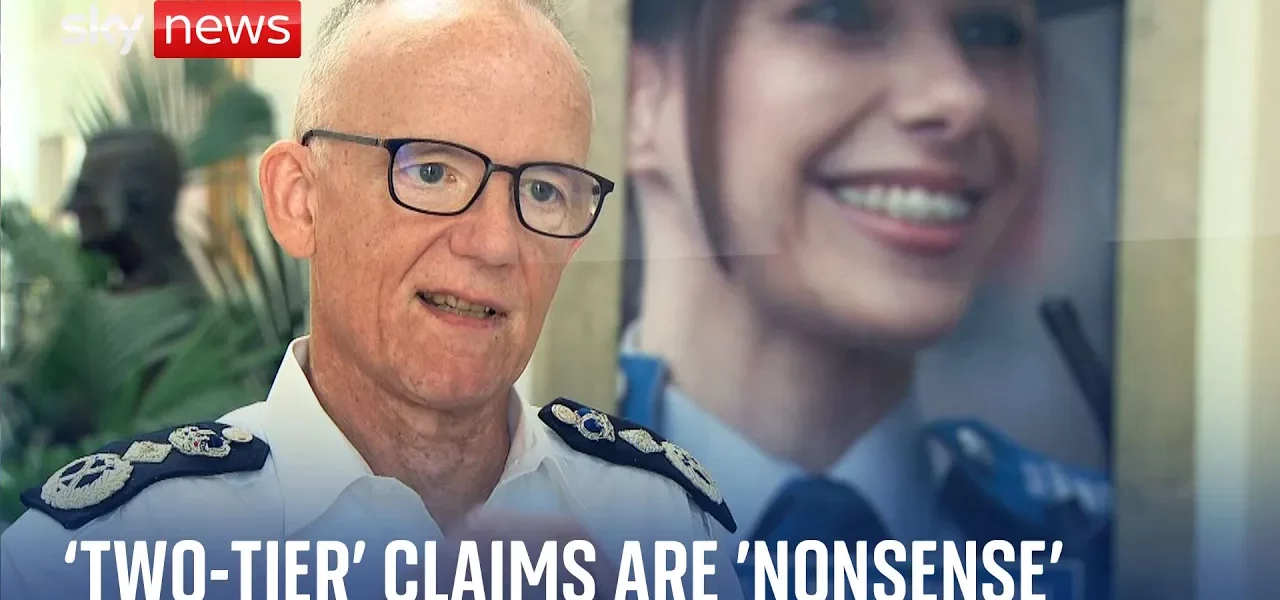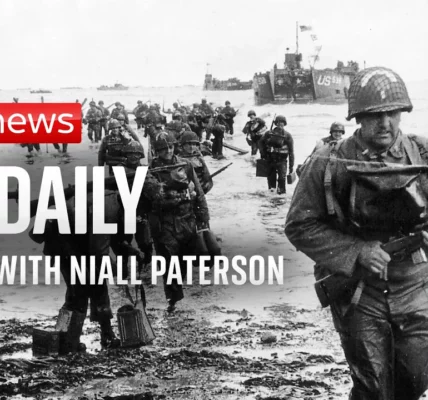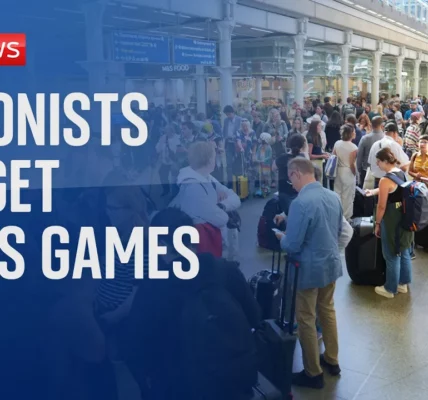Protecting Communities: Policing Strategies in Action

In the face of escalating tensions and protests, police chiefs across the nation are unifying their efforts to safeguard communities. This article delves into the recent strategies employed by law enforcement, focusing on the deployment of officers, the challenges faced, and the implications for public safety.
Introduction
Recent developments in policing have underscored the importance of community protection as a core principle of law enforcement. In light of intensified protests and threats to public safety, police chiefs from various jurisdictions have convened to strategize on effective responses. These strategies encompass the mobilization of thousands of officers and the establishment of tactical units to address emerging challenges, particularly those threatening vulnerable sectors such as immigration centers. This article will provide a comprehensive overview of these strategies, the rationale behind them, and the broader implications for community safety and civil order.
Strategic Mobilization of Police Forces
To effectively manage the current landscape of protests and unrest, police chiefs have initiated a multi-faceted approach. This includes:
- Marshalling thousands of police officers nationwide.
- Implementing strategic brigading at key locations.
- Enhancing agility in response to protest activity.
Marshalling Officers
The decision to marshal officers across the country is aimed at ensuring a robust law enforcement presence in areas experiencing heightened tensions. This proactive measure is designed to deter criminal activity and reassure communities of their safety.
Brigading at Key Locations
By concentrating resources at strategic points, law enforcement can respond more quickly and decisively to incidents as they arise. This tactical positioning is crucial in preventing the escalation of violence and maintaining order.
Protecting Vulnerable Sectors
One significant area of concern highlighted by police chiefs is the targeting of immigration centers and their legal representatives. The risks faced by these entities necessitate a dedicated protective strategy.
Concerns for Immigration Centers
The circulation of threats against immigration centers has prompted law enforcement to prioritize these establishments in their planning. The goal is to ensure that all lawful activities can proceed without intimidation or harassment.
Unacceptable Intimidation
Law enforcement has made it clear that intimidation of any lawful sector is unacceptable. The police are committed to protecting individuals who operate within the legal framework, regardless of the political climate.
Addressing Online Provocation and Hate Speech
With the rise of social media, the potential for incitement to violence has increased significantly. Police chiefs are now focusing on holding individuals accountable, even if they are “keyboard warriors” operating from afar.
Legal Consequences for Online Incitement
Individuals who engage in online hate speech or incite violence will face scrutiny under various laws. This includes:
- Incitement of racial hatred.
- Potential terrorism offenses.
- Charges related to stirring up violence.
Impact of High-Profile Figures
There are concerns regarding high-profile individuals who may contribute to public unrest through their commentary. Law enforcement is examining the implications of such statements and the responsibility of influencers to refrain from inciting violence.
Addressing Accusations of Bias in Policing
Accusations of two-tier policing have surfaced, prompting police chiefs to clarify their stance on impartiality in law enforcement.
Commitment to Neutrality
Police forces are dedicated to operating independently, without bias or favoritism. The focus remains on upholding the law and protecting communities, irrespective of political pressure.
Response to Criticism
Critics from both ends of the political spectrum may perceive bias in law enforcement actions. Police chiefs emphasize that their commitment to neutrality is unwavering and aimed at ensuring public safety for all.
Conclusion
The recent strategies employed by police chiefs underline a focused effort to protect communities amidst growing unrest. With a commitment to safeguarding vulnerable sectors and addressing online threats, law enforcement is poised to respond effectively to the challenges at hand. As these developments unfold, it is vital for communities to remain engaged and informed. For more insights on community safety and policing strategies, explore our related articles.
“`




